THE WWE AND HORROR PART 1
As any fan of professional wrestling (or “sports entertainment,” as some may say) can tell you, there has been a firm and tangible connection between the world of horror and the world of wrestling for decades now. From worm-eating nightmare men to blood-letting vampires to full-on satanic cults, there have been many opportunities for the gimmick-friendly world of in-ring competition to welcome horror fans while building new threats to their anointed heroes. Yet of all the frightful fiends to stake their claim in pro-wrestling, there are none as respected, revered, and revolutionary as The Undertaker (a/k/a Mark Calaway), who has helped change the landscape of the WWE for over 25 years while inspiring the next generation of fans and performers alike.
However, in a business that takes as much of a physical and emotional toll as professional wrestling, a superstar rarely gets to go out on their own terms, which is why Calaway’s supposed retiring of The Undertaker at WRESTLEMANIA earlier this year was all-the-more a major deal within the industry. Of course, one might suspect that Calaway and WWE’s reluctance to call The Undertaker’s last-match-to-date a formal retirement is thanks to Calaway’s real-life hip transplant, which likely would permanently end his in-ring career but, under specific circumstances, could allow him one or two more matches, given he doesn’t take too many bumps or perhaps pulls a ultra-brief in-ring program akin to The Rock at Wrestlemania 32 or Goldberg at last year’s survivor series. But nevertheless, The Undertaker, whose entire gimmick centers around his status as an unstoppable, undead warrior, will more-than-likely never return to full-time action, in effect removing an essential figure of horror from WWE’s regular programming.
In many ways, this poses somewhat of a problem for the WWE, especially considering that The Undertaker, in his many alterations and presentations over the years, has been the utility player for the company’s storytelling needs. In terms of physicality, The Undertaker was incredibly unique in that he could believably go toe-to-toe with anyone in the company, from smaller, more athletic opponents to equally hulking big guys, and he would do so with a diverse skill set that would put most to shame. Yet in terms of the central narrative, The Undertaker was somewhat of a conqueror, and whether WWE needed a contender for the title, someone to build up a promising new superstar, or help course-correct an undercooked or misguided storyline, inserting The Dead Man was always an option.
However, perhaps the most crucial loss the company faces in the effective-retirement of The Undertaker is the removal of their greatest, and most aesthetically committed, connection to the horror genre. While WWE has certainly attempted to groom several potential replacements, The Undertaker has cultivated his image and legacy around horror iconography, and even during his “American Badass” / “Big Evil” phase (in which Calaway traded out the traditionally creepy garb for that of a tough-as-nails Biker), Undertaker still showed a great respect for his legacy as a hellbound force-of-nature. By hanging up the hat, gloves, and coat, Calaway has effectively taken WWE’s spookiest repertory player out of the ring, and in the larger-than-life universe of pro wrestling, it removes the gravest obstacle a hero can face in the industry: the supernatural and unexplained.
Even more concerning to the longstanding synchronicity between horror and pro wrestling is that the WWE has rapidly lost their most horror-centric characters leading up to the supposed retirement of Calaway. The Undertaker’s in-story brother, the equally-creepy Kane (a/k/a Glenn Jacobs) has seemingly left in-ring work for the foreseeable future to chase a career in politics in his home of Knox County, Georgia. Meanwhile, more minor genre-friendly characters like The Boogeyman and Sting have since exited the company as active performers, relegating themselves to ambassador status for promotional events.
Of course, where the darker side of professional wrestling is concerned, one might say the heir apparent to The Undertaker as the WWE’s tether to horror would be Bray Wyatt, a character that has previously been portrayed as a backwoods cult leader with a series of bizarre and creepy powers. In a nutshell, the character of Bray Wyatt has a direct connection to the spirit of his sister, Abigail, which allows him to influence minds, control light, appear/disappear at will, and summon followers, and the WWE has given him all the theatrics to do so effectively, from possessed rocking chairs to a creepy, smoking lantern and more. He’s the first explicitly supernatural character in the WWE universe in a long time, and one that has garnered a ton of fan support over his relatively short tenure so far in the company, which has resulted in many high profile feuds with WWE’s top talent.
Although Wyatt remains a top roster talent to this day, there are many signs that Wyatt’s lasting power is drawing near an end in his current supernatural gimmick. From fan complaints over Wyatt’s repetitive and confusing promos to his undeniable in-ring loss record to the complete dissolution of the Wyatt Family (a cult of mostly brutish WWE talent that would do Wyatt’s dirty work, which has previously included Erick Rowan, Luke Harper, and Braun Strowman), the character of Bray Wyatt has fallen far from his early years as a promising and creepy new addition to the roster. In fact, before Wyatt was sent to the RAW brand earlier this year, it all but appeared that WWE was readying to strip the character of his powers altogether, with his current rival Randy Orton burning down his compound and sticking bizarre ruins in the “grave” of Sister Abigail. Yet, for whatever reason, Wyatt continues on as a southern-fried creepshow, and hopefully, both the character and his performer, Windham Rotunda, will find a second-wind to make him compelling both inside of the ring and out.
However, should Wyatt and continue to stagnate until an inevitable repackaging of the character, the WWE still has some aces in their sleeve in terms of genre appeal. One of the most obvious options would be the character of Finn Balor, a young and incredibly able international talent who has wavered between muscle-bound badass and his oft-teased alter-ego, “The Demon King.” In the case of the latter, the character of Balor takes on an impressive amount of body paint to make himself seem as a man possessed, and in these showings, Balor often inserts an energy and ferocity that compliments his steely, never-say-die demeanor. However, since his return on the main roster in April following a shocking and brutal shoulder injury, “The Demon King” has been nowhere to be found, and considering how silent that the WWE commentary team has been on Balor’s supernatural personality, there’s a possibility that Balor’s real-life tragedy may have soured the potential to continue with this specific facet of Balor’s performance.
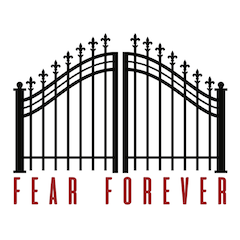
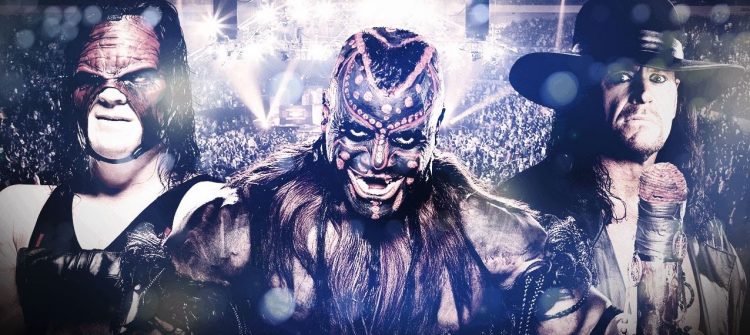
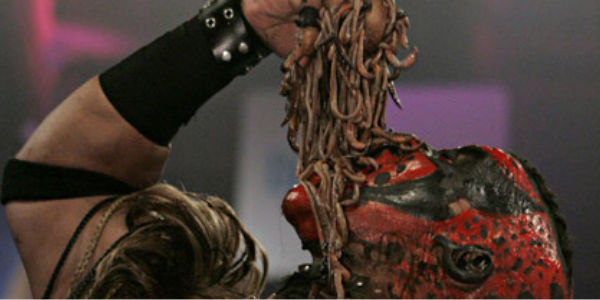
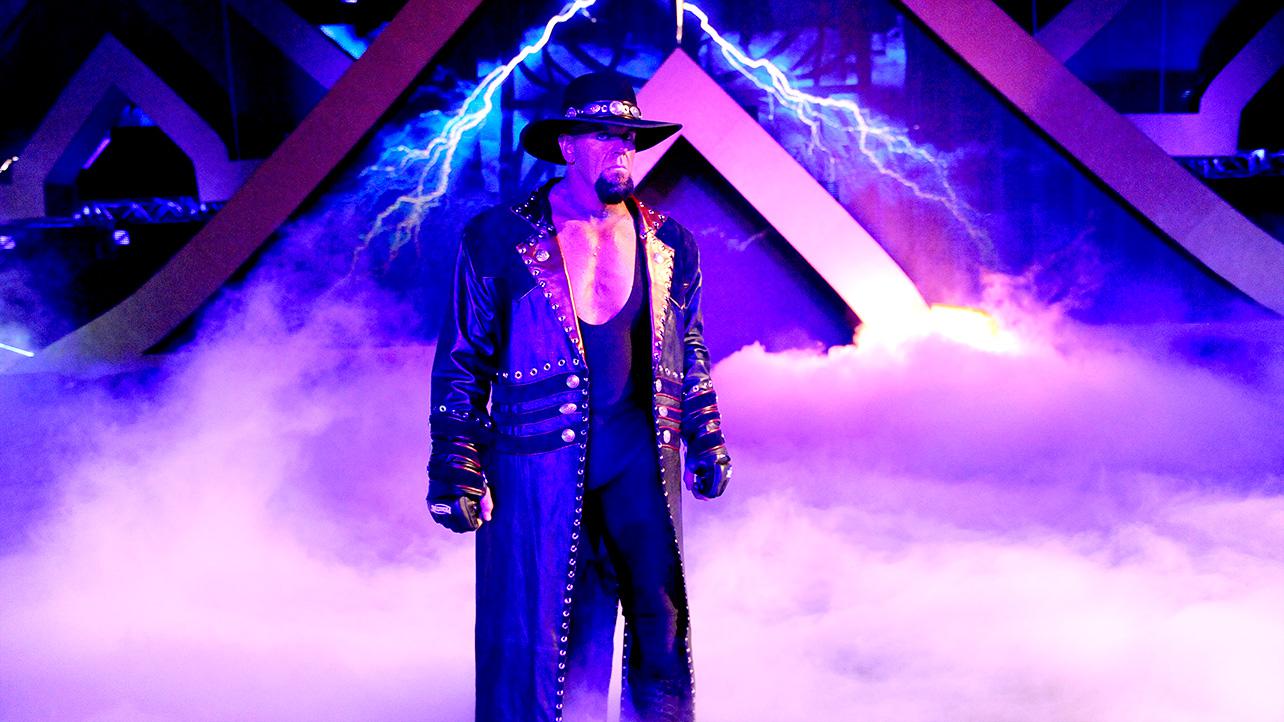
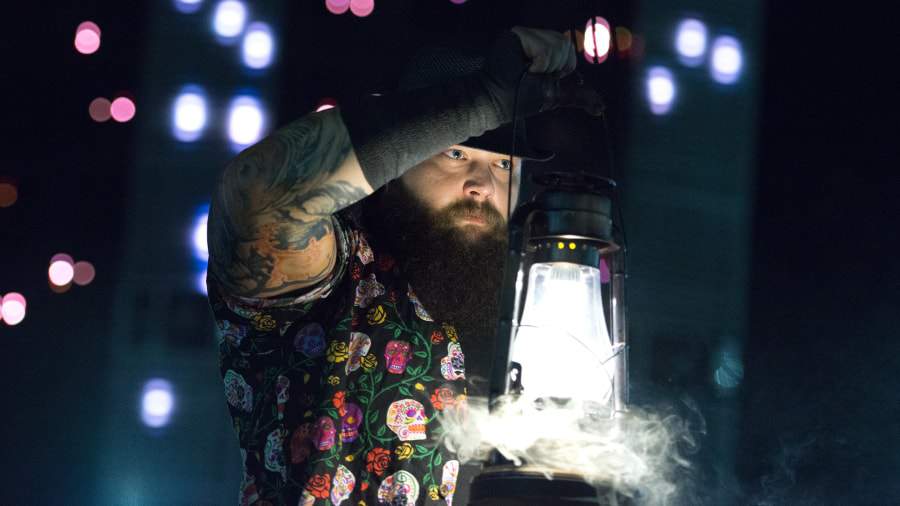



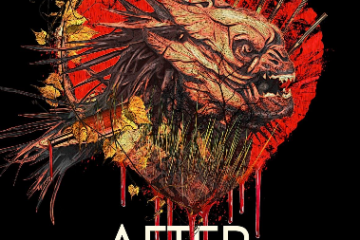
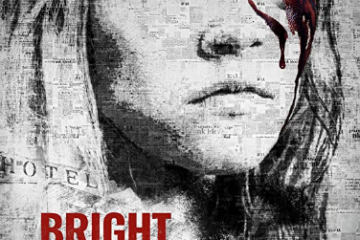
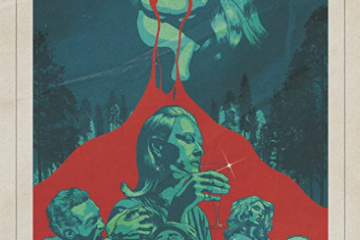
No Comment